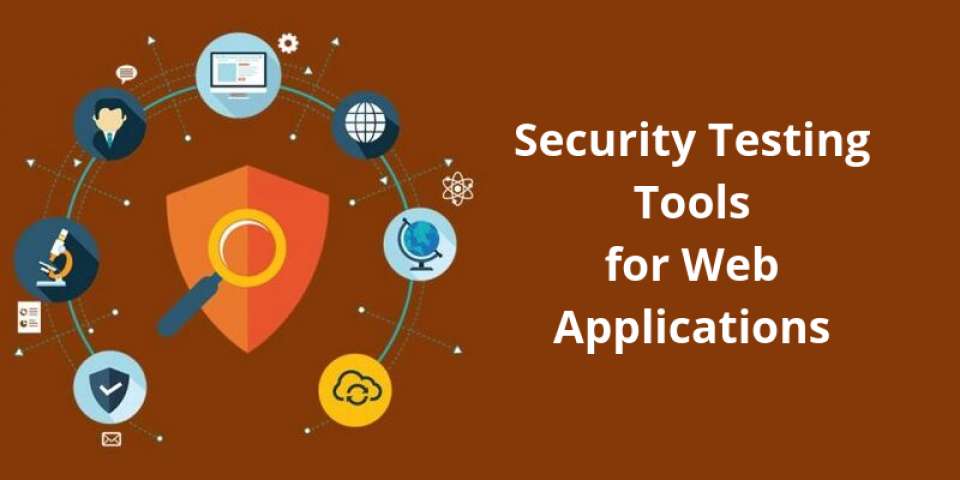
Web applications are increasingly becoming the target of cyberattacks. In 2021, web application attacks accounted for 43% of all security incidents, according to the Verizon Data Breach Investigations Report.
One of the best ways to protect your web applications from attack is to use a web application security scanning tool. These tools can help you to identify and remediate security vulnerabilities in your web applications.
There are a number of web application security scanning tools available on the market, each with its own strengths and weaknesses. In this article, we will compare and contrast some of the most popular web application security scanning tools. We will discuss their features, pricing, and performance. We will also provide some recommendations for choosing the right tool for your needs.
Features
The features of web application security scanning tools vary depending on the tool. However, most tools offer a similar set of features, including:
Vulnerability scanning: This is the most basic feature of a web application security scanning tool. It involves scanning your web application for known vulnerabilities.
Web application firewall (WAF) testing: A WAF is a software firewall that protects web applications from attack. WAF testing involves scanning your web application for vulnerabilities that could be exploited by a WAF.
Penetration testing: This is a more advanced form of vulnerability scanning. It involves actively trying to exploit vulnerabilities in your web application.
Code analysis: This involves analyzing the code of your web application to identify potential security vulnerabilities.
Risk assessment: This involves assessing the risk of each vulnerability that is identified by the scanning tool.
Reporting: This involves generating reports that summarize the results of the scanning tool.
Pricing
The pricing of web application security scanning tools also varies depending on the tool. Some tools are free to use, while others can be quite expensive. The cost of a tool will typically depend on the number of features it offers, the number of users, and the level of support that is required.
Performance
The performance of web application security scanning tools also varies depending on the tool. Some tools are very fast, while others can be quite slow. The performance of a tool will typically depend on the size and complexity of the web application being scanned.
Recommendations
When choosing a web application security scanning tool, there are a number of factors to consider, including:
The size and complexity of your web applications
The features that you need
Your budget
Your level of technical expertise
If you are a small business with a simple web application, you may be able to get away with using a free or low-cost tool. However, if you have a large or complex web application, you will need to use a more powerful tool.
If you are not sure which tool to choose, you should consult with a security expert. They can help you to assess your needs and choose the right tool for your situation.
When choosing a web application security scanning tool, there are a number of factors to consider. However, the most important factor is to choose a tool that meets your specific needs.
Here are some additional factors to consider when choosing a web application security scanning tool:
The type of web application you have: Some tools are better suited for certain types of web applications than others. For example, if you have a Java web application, you will need to choose a tool that can scan Java code.
The level of security you need: Some tools offer a higher level of security than others. If you are a highly regulated organization, you will need to choose a tool that can meet your specific security requirements.
The ease of use: Some tools are easier to use than others. If you are not a technical user, you will need to choose a tool that is easy to use.
The level of support: Some tools offer better support than others. If you need help using the tool, you will need to choose a tool that offers good support.
Conclusion
Web application security scanning tools are an essential tool for businesses of all sizes. These tools can help you to identify and remediate security vulnerabilities in your web applications, which can help to protect your website and web applications from attack.




